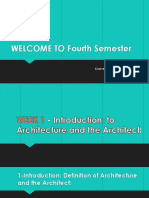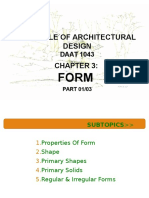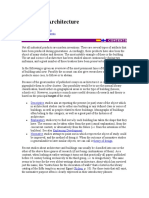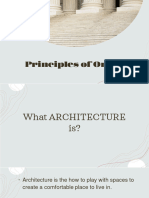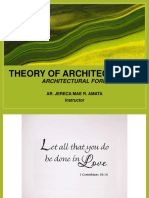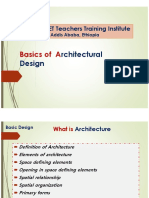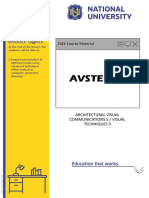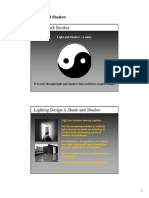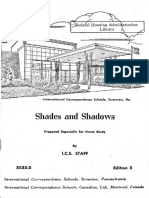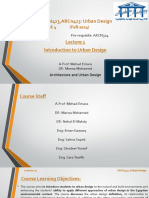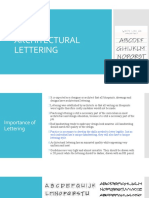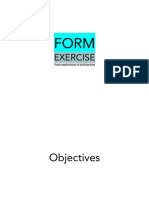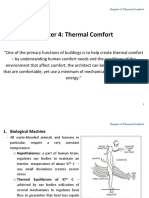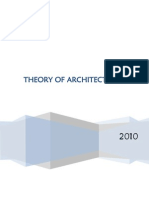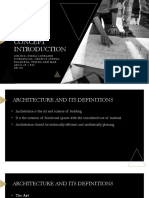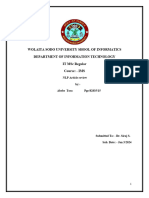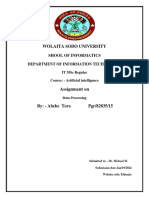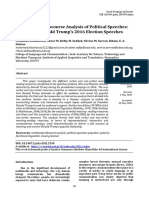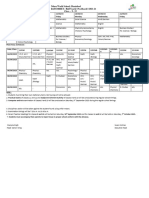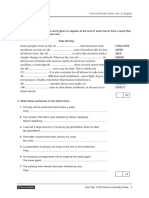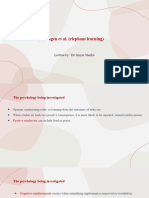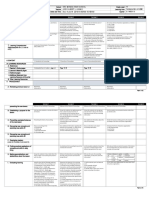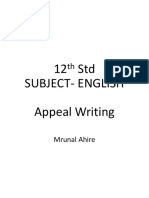0% found this document useful (0 votes)
1K views47 pagesBasic Design Lecture 1
The document provides an introduction to basic architectural design and engineering. It discusses what engineering and architecture are, the different fields and career paths available, and the design process. It emphasizes that architecture balances utility, beauty, and strength to meet human needs through the creative design of buildings and structures. The document also outlines the roles and tools used by architects to transform client needs into conceptual designs and construction plans.
Uploaded by
Abebe ToraCopyright
© © All Rights Reserved
We take content rights seriously. If you suspect this is your content, claim it here.
Available Formats
Download as PPTX, PDF, TXT or read online on Scribd
0% found this document useful (0 votes)
1K views47 pagesBasic Design Lecture 1
The document provides an introduction to basic architectural design and engineering. It discusses what engineering and architecture are, the different fields and career paths available, and the design process. It emphasizes that architecture balances utility, beauty, and strength to meet human needs through the creative design of buildings and structures. The document also outlines the roles and tools used by architects to transform client needs into conceptual designs and construction plans.
Uploaded by
Abebe ToraCopyright
© © All Rights Reserved
We take content rights seriously. If you suspect this is your content, claim it here.
Available Formats
Download as PPTX, PDF, TXT or read online on Scribd
/ 47
